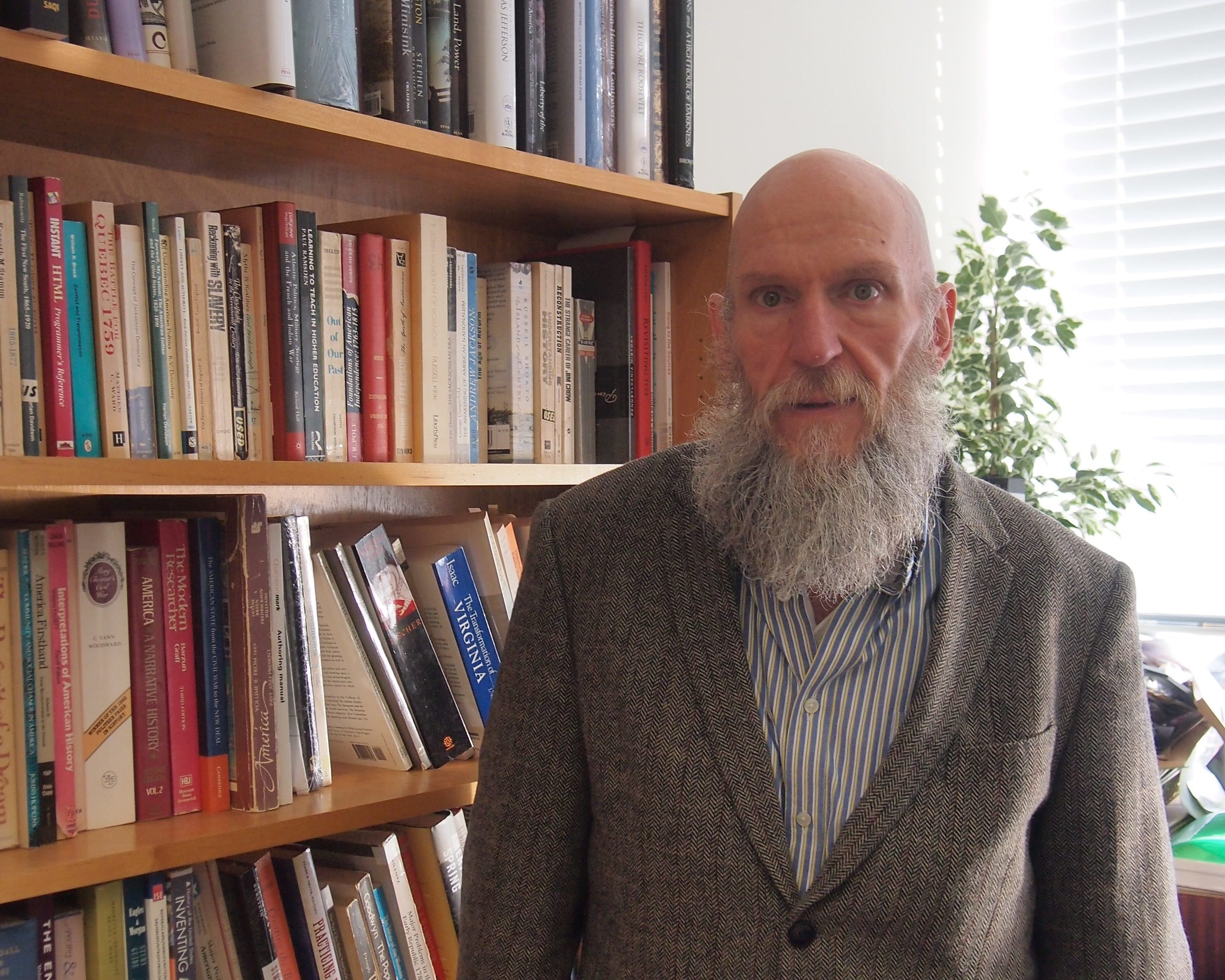A Dundee University historian is going to explore the bad and the ugly side of the American frontier as he discusses its effect on the country’s gun culture and toxic masculinity.
Dr Matthew Ward will be at the McManus next week to discuss how the modern idea of masculinity in the western world stems from imagery in the 19th century.
Dr Ward has been researching the topic in preparation for his upcoming book ‘Making the Frontier Man’, which he hopes to release next year.
Dr Ward, who has been teaching at Dundee University for 27 years, said: “I will be talking about some of the origins of toxic masculinity as well as gun violence in America.
“We think of such imagery as being a modern thing, but ideas of how men should behave comes from further back.”
One of the main figures Dr Ward will use to illustrate his point is American folk her Davy Crockett, who had various outlandish feats attributed to him after his death.
Dr Ward added: “A lot of people know his name, but maybe don’t know his story too well. I will be talking about him quite a bit.
“He went against Andrew Jackson, who is the president that Trump has most commonly been compared to and Crockett tried to out Jackson, Jackson.
“I’ve been studying almanacs that have very violent images of him, containing things that would never get published today.”
The event will also outline how guns were a part of life in the country prior to the American Revolution, but after that guns would go to take even more importance.
Dr Ward will also discuss stereotypical masculinity prior to how it was transformed.
He added: “The image of what a man was before the 19th century was different. It was one of order and control.
“A lot of the origins of violent images of men are rooted in their failure.
“Men who had failed to achieve independence as heads of households needed to find a way of showing they were men.
“Proving your manhood through violent acts is actually fairly consistent over many different cultures, but what makes the American version different is the importance of the hunter as an image and the important cultural role that guns play.
“Guns are tied to the image if independence and become a symbol of manhood in a way that they aren’t in other cultures.
“They cease to be simply a tool, or viewed as we might view a sword, and instead become much more closely intertwined with ideas of masculinity.”
The Guns, Violence, and Toxic Masculinity in the USA talk will take place on October 1. Entry is free, but space is limited. Doors open at 5pm.









